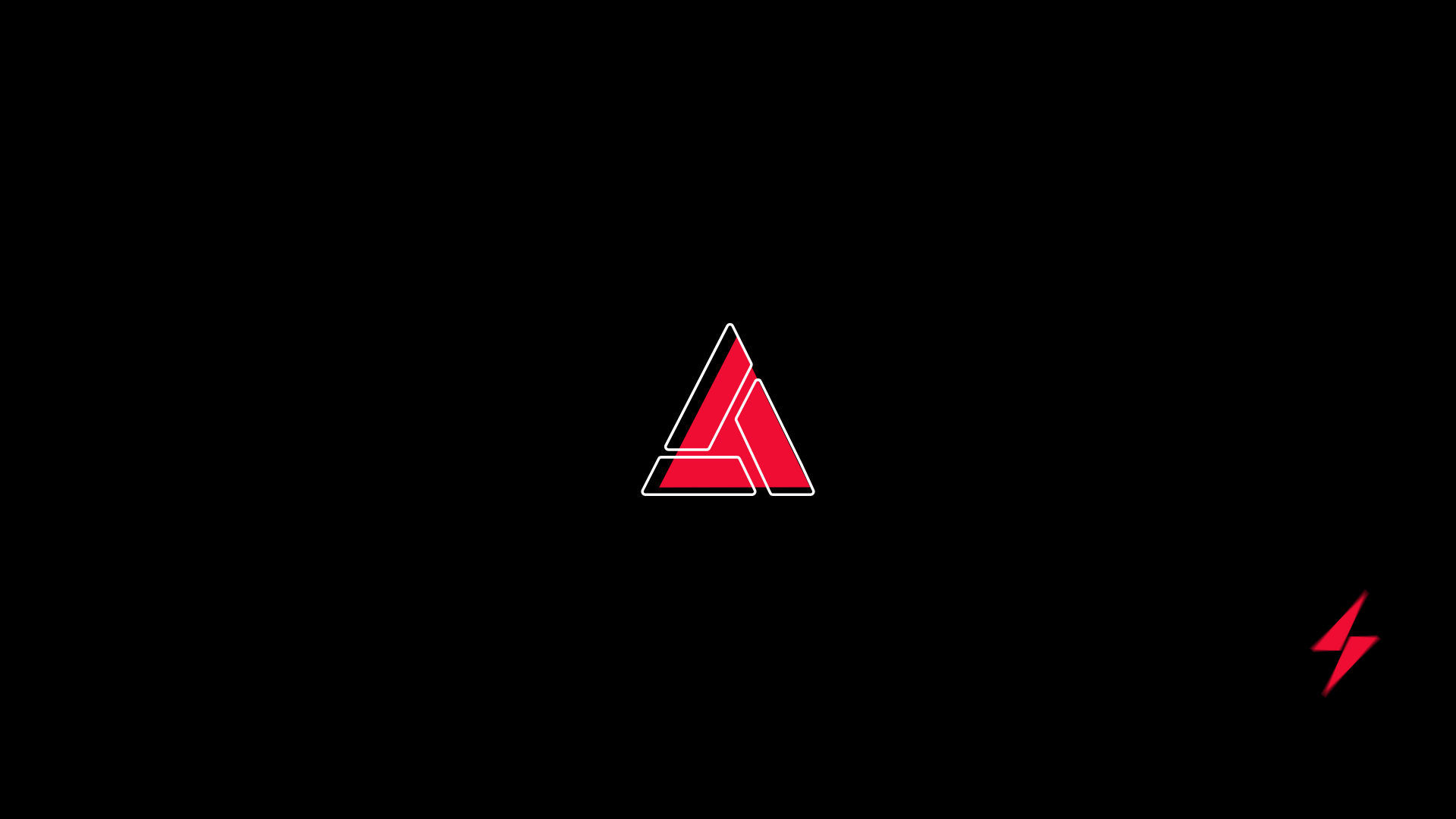When we hear “CIA,” most of us think espionage and spy movies. But in cybersecurity, the CIA Triad is the backbone of any secure system. It’s a three-pillar model designed to keep your business’s data safe from prying eyes, integrity intact, and readily available when you need it.
The CIA Triad breaks down information security into three critical principles: Confidentiality, Integrity, and Availability.
When these three principles are met, your organisation’s security posture is more resilient, and your data is better protected against threats.
Let’s walk through each one with a simple, no-nonsense breakdown — plus a few real-world examples to bring it home.
1. Confidentiality: Who Can Access What?
Confidentiality is like having a bouncer at the door to your data — only the right people get in. Think of it as your business’s inner circle: the people who genuinely need access to sensitive information, and only them.
Yet, breaches in confidentiality aren’t always dramatic hacks. They can come from simple human mistakes. A weak password or a laptop left unlocked at a café can invite unwanted eyes.
For example, a CFO should have access to the company’s financials, but your marketing intern probably shouldn’t. Encryption scrambles sensitive information, making it unreadable to unauthorised eyes, while MFA and strong passwords ensure that even if someone gets hold of your login info, they’ll hit a wall.
Best Practices for Confidentiality:
- Set up Multi-Factor Authentication (MFA) to add extra verification steps.
- Encrypt sensitive data both in storage and during transmission.
- Control access based on job roles.
- Train your team regularly on best security practices and common pitfalls.
2. Integrity: Is the Data Trustworthy?
Integrity is about ensuring that your data remains trustworthy and unaltered. Imagine if an unauthorised user gained access to your data and subtly tweaked critical numbers or project plans. This can cause serious headaches, especially if decisions rely on those changes.
Mistakes happen. But sometimes, threats are malicious, like when attackers alter records to mislead or harm. Integrity controls help mitigate this by ensuring the data you have is accurate and dependable.
To safeguard integrity, companies use methods like hashing and version control. Hashing creates a unique fingerprint for data, so any tampering triggers an alert. And version control keeps track of data changes, allowing you to revert to a previous, untampered version if needed.
Best Practices for Integrity:
- Use hashing and checksums to verify data integrity.
- Enable user access controls to prevent unauthorised data edits.
- Regularly back up your data to restore it to a previous state if needed, and periodically test that restoration would keep your business running.
- Version Control keeps track of changes for traceability.
3. Availability: Is the Data Accessible When Needed?
Availability is all about keeping the lights on. Your data is useless if you can’t access it when it matters most. Imagine needing a key document for an investor meeting, but due to a system outage, it’s inaccessible. From a cybersecurity perspective, that outage may be a DDOS (distributed denial-of-service) attack.
Keeping data available means preparing for all kinds of disruptions — from technical failures to natural disasters.
This is where backups, redundancy, and failover systems come into play. In the case of a power outage, for instance, a backup generator can keep your critical systems humming. Or, if a cyberattack tries to overwhelm your systems, disaster recovery plans help you stay operational. Planning for the attack means intelligent firewalls and products like Auth0 that can detect a bot attack.
Best Practices for Availability:
- Utilise products that defend against DDOS attacks.
- Invest in redundant systems to avoid single points of failure.
- Ensure regular software updates to prevent vulnerabilities due to outdated systems.
- Establish disaster recovery and business continuity plans for emergencies.
Challenges
While crucial, maintaining the CIA Triad can be challenging, especially with:
- Big Data: Large volumes and varied formats require structured oversight.
- IoT Devices: Unpatched and weakly secured devices introduce new risk vectors.
- Product Security: As more devices go online, security in product development is a must.
Conclusion
At ThunderLabs, we make sure these principles aren’t just boxes to tick but core elements of a proactive, secure environment that’s ready for the real world. No fluff. Just practical solutions to keep your business running smoothly.
Reviewed by: Mike Gamble, Cyber Security Identity Practice Lead
Mike Gamble leads cybersecurity and identity management at ThunderLabs, with a focus on Identity Access and Management and Security Standards Compliance. He and his team build secure digital assets that prioritise customer experience. Make ThunderLabs your onshore Okta partner for customer identity.


